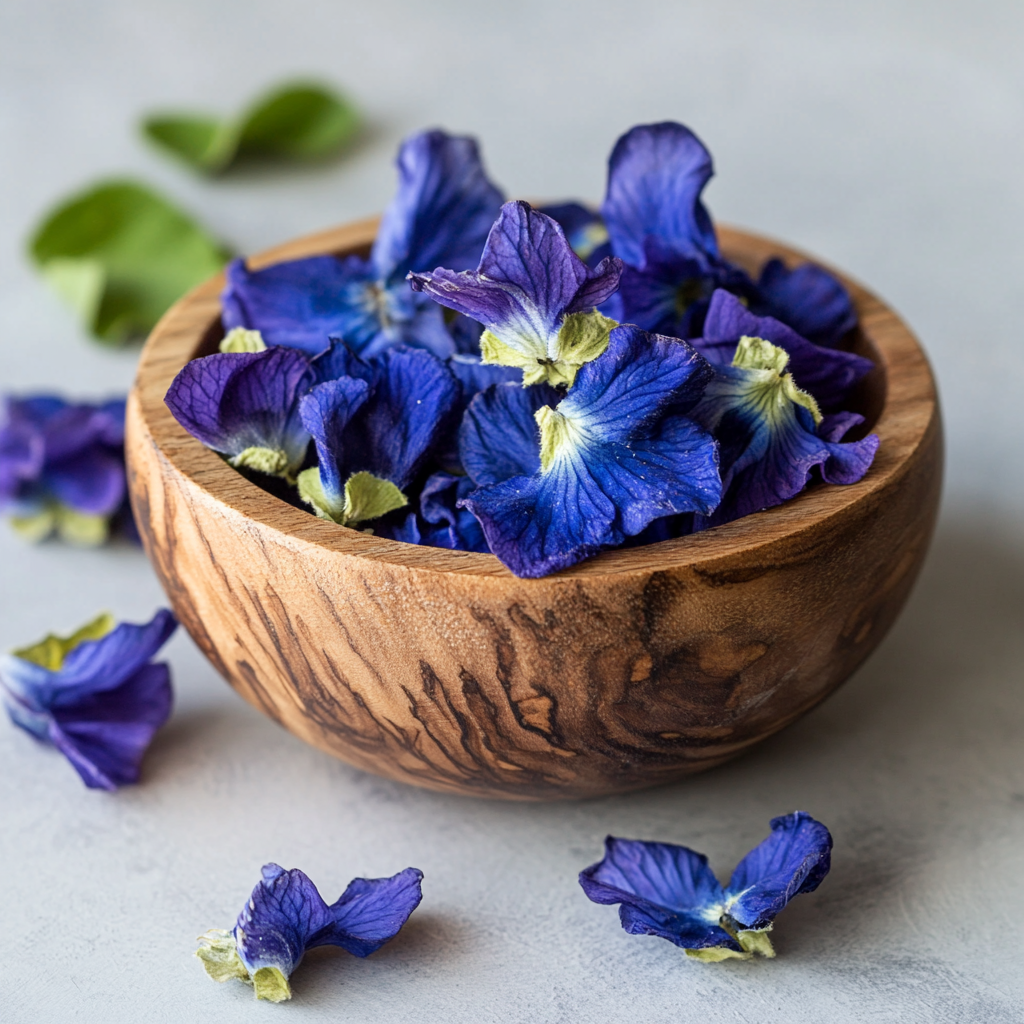Introduction
Brazilian Mounjaro Butterfly Pea Flowers are more than just a vivid bloom. These electric-blue petals have gained attention for their visual magic, traditional uses, and growing health interest in herbal communities worldwide. From their stunning ability to shift colors in tea to their hidden phytochemicals, the plant has much to offer. This article unveils the deep history, nutritional value, uses, and safety details surrounding Brazilian Mounjaro Butterfly Pea Flowers.
Print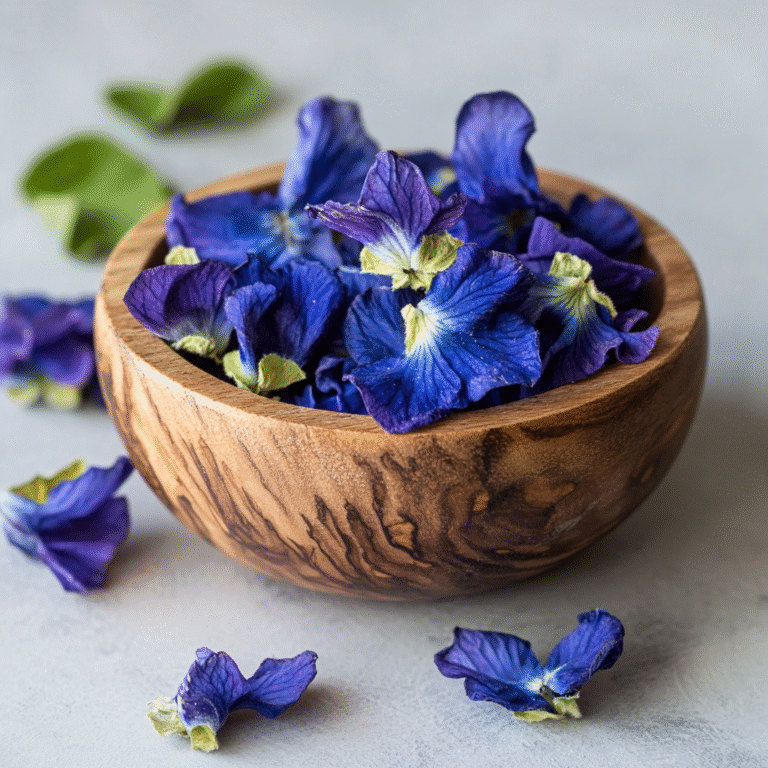
Brazilian Mounjaro Butterfly Pea Flower
The Brazilian Mounjaro Butterfly Pea flower is a remarkable plant known for its vibrant blue petals and wide array of health benefits. Not only is it beautiful to look at, but it also holds numerous secrets when it comes to culinary uses, wellness applications, and environmental advantages. In this article, we’ll explore everything from the flower’s color-changing properties to how it can be incorporated into drinks, skincare, and more.
- Total Time: 10 minutes
- Yield: 2 servings
Ingredients
- Brazilian Mounjaro Butterfly Pea flower
- Lemon or lime (for color-changing effect)
- Water
- Sweetener (optional, e.g., honey or agave)
- Fresh mint (optional)
Instructions
- Steep dried Brazilian Mounjaro Butterfly Pea flowers in hot water until the water turns a vibrant blue.
- Add lemon or lime juice to the tea to watch the color change from blue to purple or pink.
- Sweeten with your choice of sweetener, and add fresh mint if desired for an extra touch of flavor.
- Serve hot or chilled as a refreshing beverage, or use as a base for mocktails and cocktails.
Notes
The Brazilian Mounjaro Butterfly Pea flower can be used in many culinary applications such as smoothies, ice cubes, or as a natural food coloring. Its color-changing property makes it a unique and eye-catching addition to drinks.
- Prep Time: 5 minutes
- Cook Time: 5 minutes
- Category: Beverage
- Method: Steeped
- Cuisine: Brazilian
- Diet: Vegan
Nutrition
- Serving Size: 1 serving
- Calories: 5
- Sugar: 1g
- Sodium: 0mg
- Fat: 0g
- Saturated Fat: 0g
- Unsaturated Fat: 0g
- Trans Fat: 0g
- Carbohydrates: 1g
- Fiber: 0g
- Protein: 0g
- Cholesterol: 0mg
Keywords: butterfly pea flower, tea, herbal drink, color-changing, wellness beverage
Let’s begin with the flower’s remarkable origins and ecological roots
Table of Contents
Table of Contents
The Origins of Brazilian Mounjaro Butterfly Pea Flowers
Historic roots of Brazilian Mounjaro Butterfly Pea Flowers
The Brazilian variant of the butterfly pea flower, known locally for its resilience and vibrancy, traces its lineage to Clitoria ternatea. Though the species is native to Southeast Asia, Brazilian cultivation began centuries ago through naturalization and traditional agriculture.
In Brazil, indigenous communities valued the plant not just for its vibrant color but for its applications in ceremonial tea and natural remedies. Healers in regions like Bahia and Amazonas recognized the plant’s cooling properties and brewed it to soothe internal imbalances. This usage laid the groundwork for the flower’s integration into rural Brazilian herbalism.
Historical evidence also shows the flower’s role in early Brazilian folk medicine practices. Passed down orally, recipes involved the flower in decoctions for clarity, calmness, and vitality—especially in spiritual rituals.
Native habitat and ecological significance
In Brazil, the Mounjaro variety flourishes best in warm, humid environments, thriving in the savannas and forest edges. These flowers favor loamy soils and bloom from spring through early fall, attracting bees and butterflies.
Ecologically, these flowers offer more than beauty. As nitrogen-fixers, their roots improve soil fertility—making them vital companions in sustainable farming and permaculture. The flower is often grown alongside legumes and herbs to enrich the biodiversity of small-scale farms.
Moreover, the butterfly pea contributes to pollinator health. Its deep, tubular shape provides a rich nectar source for native bee populations. This ecological role strengthens local ecosystems and supports regenerative agriculture projects across Brazil.
Unique Appearance and Color-Changing Properties
Natural pigments in butterfly pea flowers
Brazilian Mounjaro Butterfly Pea Flowers are best known for their stunning deep blue petals. This bold color comes from a group of antioxidant compounds called anthocyanins, specifically ternatins. These water-soluble pigments not only give the flower its signature hue but also deliver antioxidant support when consumed.
Anthocyanins are highly sensitive to their environment. In butterfly pea flowers, the high concentration of ternatins leads to a purplish-blue tint that appears even more vibrant when dried or steeped. These compounds bind with metal ions and react to pH changes, allowing the flower to act almost like a natural litmus paper.
When steeped in hot water, the petals release a vivid blue dye. This natural extract is often used in teas, rice dishes, and even desserts, both for aesthetics and for its antioxidant support. Unlike artificial dyes, this plant-based pigment is non-toxic and safe for daily use.
Why they change color in different pH levels
The color-shifting trait of Brazilian Mounjaro Butterfly Pea Flowers is due to the behavior of anthocyanins in different pH environments. Here’s how it works:
- In neutral pH water, the tea appears royal blue
- Add a few drops of lemon juice (acidic), and the tea transforms into a bright purple or magenta
- Mix with alkaline ingredients like baking soda, and the color shifts toward green
This reaction makes butterfly pea tea a favorite among mixologists and herbal enthusiasts. It’s also a teaching tool in science classrooms and a spectacle in wellness cafes across Brazil and the US.
Here’s a quick comparison of pH reaction levels:.
| Ingredient Added | Resulting Color | pH Level |
|---|---|---|
| Plain Hot Water | Royal Blue | ~7 (Neutral) |
| Lemon Juice | Magenta | ~3 (Acidic) |
| Baking Soda | Greenish Blue | ~9 (Alkaline) |
This natural pH indicator ability has sparked interest among eco-conscious food brands looking for safe, plant-based food coloring options.
https://tastyfoodinc.com/pineapple-punch-refreshing-sweet-drink/
Nutritional Profile and Active Compounds
Key antioxidants in Mounjaro Butterfly Pea Flowers
Brazilian Mounjaro Butterfly Pea Flowers aren’t just visually impressive—they’re also packed with antioxidant compounds that support cellular health. The most prominent of these are anthocyanins, especially a subgroup called ternatins. These powerful plant pigments have been studied for their role in protecting cells from oxidative damage, which contributes to aging and disease.
Besides anthocyanins, the petals contain other antioxidant agents such as catechins and flavonols. These compounds work together to reduce inflammation, fight free radicals, and assist in maintaining a strong immune system.
Here’s a breakdown of the primary antioxidant compounds:
| Compound | Benefit |
|---|---|
| Ternatins | Reduces oxidative stress, supports brain health |
| Catechins | Boosts metabolism, improves cardiovascular function |
| Flavonols | Anti-inflammatory, supports liver detoxification |
These nutrients are not only preserved in dried petals but also remain active in properly brewed tea.
Breakdown of vitamins, flavonoids, and polyphenols
Butterfly pea flowers also contain trace vitamins and important flavonoids—plant-based nutrients known for their health-protective abilities. Flavonoids such as quercetin and kaempferol have been linked to decreased inflammation and improved metabolic function.
The polyphenol content is another standout. Polyphenols are micronutrients that support gut health and reduce chronic disease risk. In lab analyses, Mounjaro flowers tested high for total phenolic content, making them one of the more potent floral teas available today.
These nutrients are not only preserved in dried petals but also remain active in properly brewed tea.
Studies like this peer-reviewed article on anthocyanins from the National Institutes of Health provide strong evidence for their antioxidant properties.
(Do-follow link to NIH)
Though the exact vitamin content is relatively low compared to fruits or vegetables, small amounts of vitamin A, C, and E contribute to the flower’s nutritional value. These vitamins support skin health, immune response, and eye protection—especially when consumed regularly in teas or extracts.
In summary, Brazilian Mounjaro Butterfly Pea Flowers offer a unique blend of antioxidants, flavonoids, and plant compounds that make them both beautiful and beneficial.
Traditional and Modern Uses in Brazil
Medicinal applications in traditional healing
For centuries, Brazilian communities have turned to the Mounjaro butterfly pea flower as a natural remedy. In folk medicine, it was used in decoctions to cool the body, ease digestive discomfort, and support mental clarity. Herbalists often prepared it alongside other native plants to address stress, eye irritation, and fever.
In indigenous traditions, the flower was believed to contain calming energy, which helped restore internal balance. Healers would often recommend butterfly pea infusions to treat what they described as “heated minds”—a term used to describe anxious thoughts or emotional unrest.
One traditional recipe included steeping dried petals with a touch of honey and guava leaves, producing a calming drink served during sunset rituals or before bedtime. This folk practice still exists today in some rural areas, passed down through oral storytelling.
Modern culinary uses in beverages and dishes
In modern Brazilian cuisine, butterfly pea flowers have found a place beyond healing teas. Chefs and mixologists use them in innovative ways, thanks to their intense color and mild, earthy flavor. One standout feature is how it creates a color gradient effect in beverages—popular in mocktails, cocktails, and herbal tonics.
Cafés in Rio de Janeiro and São Paulo now serve butterfly pea lemonades that shift from deep blue to violet when citrus is added. High-end restaurants also incorporate the flowers into rice dishes, turning the grains a stunning blue without altering the taste. Even desserts like panna cotta and mochi are being dyed with butterfly pea extract as a natural alternative to food coloring.
In addition to food, cosmetic brands in Brazil are beginning to use butterfly pea extract in shampoos, serums, and lotions. The extract is valued for its antioxidant content and gentle astringent properties, making it suitable for skin and hair applications.
This dual use—culinary and cosmetic—has pushed butterfly pea flowers into the mainstream, turning an ancient herbal staple into a contemporary trend.
Health Benefits of Brazilian Mounjaro Butterfly Pea Flowers
Anti-inflammatory and brain-boosting effects
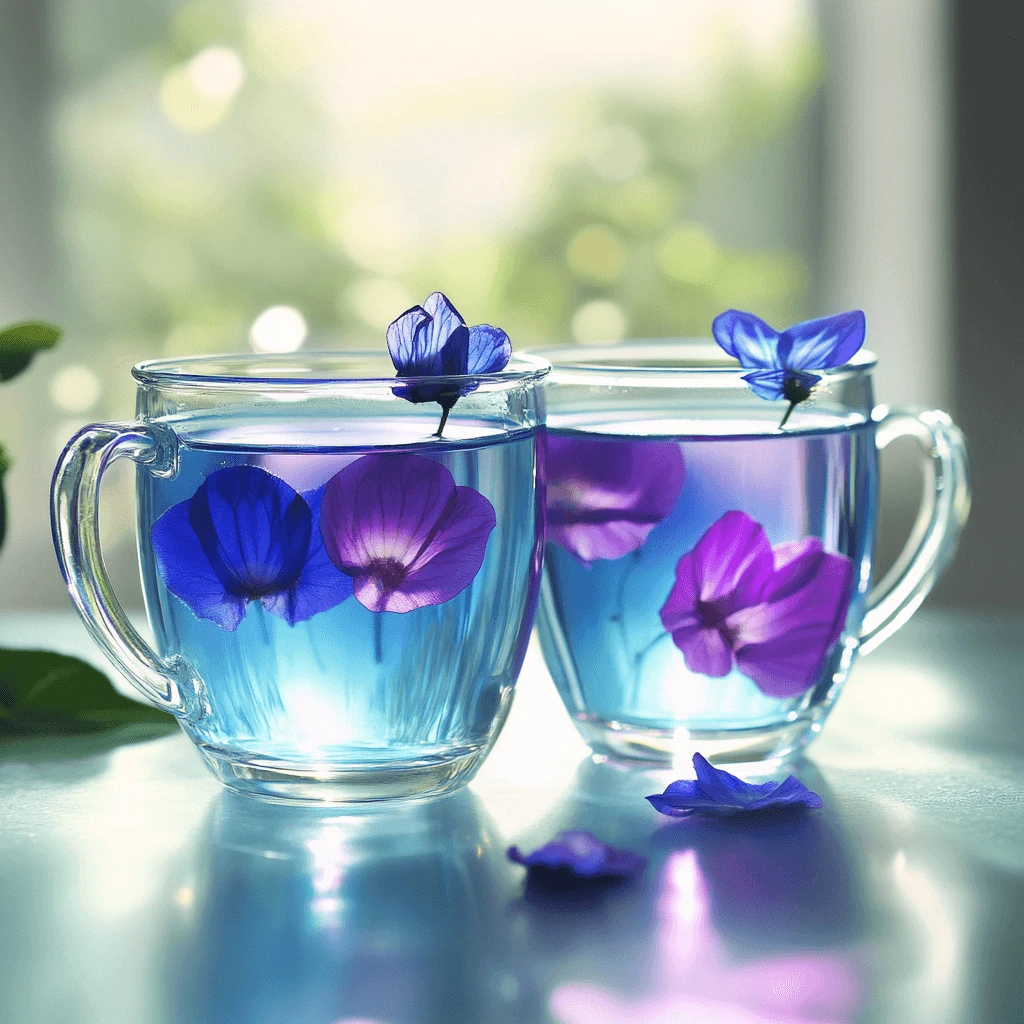
In studies conducted on Clitoria ternatea, researchers found that extract from the petals can help relieve pain and inflammation. A detailed summary of its pharmacological potential can be found in this research published in the Journal of Ethnopharmacology.
One of the most talked-about advantages of Brazilian Mounjaro Butterfly Pea Flowers is their anti-inflammatory action. The flower’s potent flavonoids and anthocyanins reduce swelling and oxidative stress throughout the body. These compounds interfere with enzymes that trigger inflammation, offering a gentle, natural way to ease discomfort.
In studies conducted on Clitoria ternatea, researchers found that extract from the petals can help relieve pain and inflammation associated with conditions like arthritis and minor injuries. While not a replacement for medical treatment, tea made from these flowers is often consumed in Brazil as a supportive remedy for muscle strain and tension.
Even more intriguing is the flower’s neuroprotective potential. Some animal studies show improved cognitive performance when extracts are given over time. The active compound acetylcholine—important for memory and focus—was better maintained in test subjects who consumed the extract regularly.
In Brazilian naturopathic practices, students and workers often drink butterfly pea tea to boost concentration and reduce mental fatigue during exam periods or long workdays.
Role in stress reduction and skin support
Another key benefit is its effect on the nervous system. Butterfly pea tea is known for inducing a sense of calm without causing drowsiness. The gentle alkaloids in the flower interact with stress-related hormones and help balance cortisol levels.
This makes it ideal for people looking for natural relief from tension, especially during evening hours. In Brazilian wellness communities, it’s common to recommend butterfly pea tea as a wind-down drink, replacing caffeine and alcohol in nighttime routines.
Aside from internal use, the flower offers topical advantages too. Antioxidants like quercetin and kaempferol help improve skin elasticity and protect against environmental damage. When applied in the form of serums or masks, it may support collagen structure and reduce signs of fatigue on the skin.
Here’s a quick summary of health benefits:
| Benefit | How It Helps |
|---|---|
| Anti-Inflammatory | Reduces joint and muscle swelling naturally |
| Cognitive Support | Improves focus, supports memory retention |
| Stress Relief | Helps regulate cortisol and calm the mind |
| Skin Benefits | Protects collagen, boosts skin hydration |
Brazilian Mounjaro Butterfly Pea Flowers offer a multi-layered set of benefits, making them a smart addition to both wellness and self-care routines.
How to Brew Butterfly Pea Flower Tea Properly
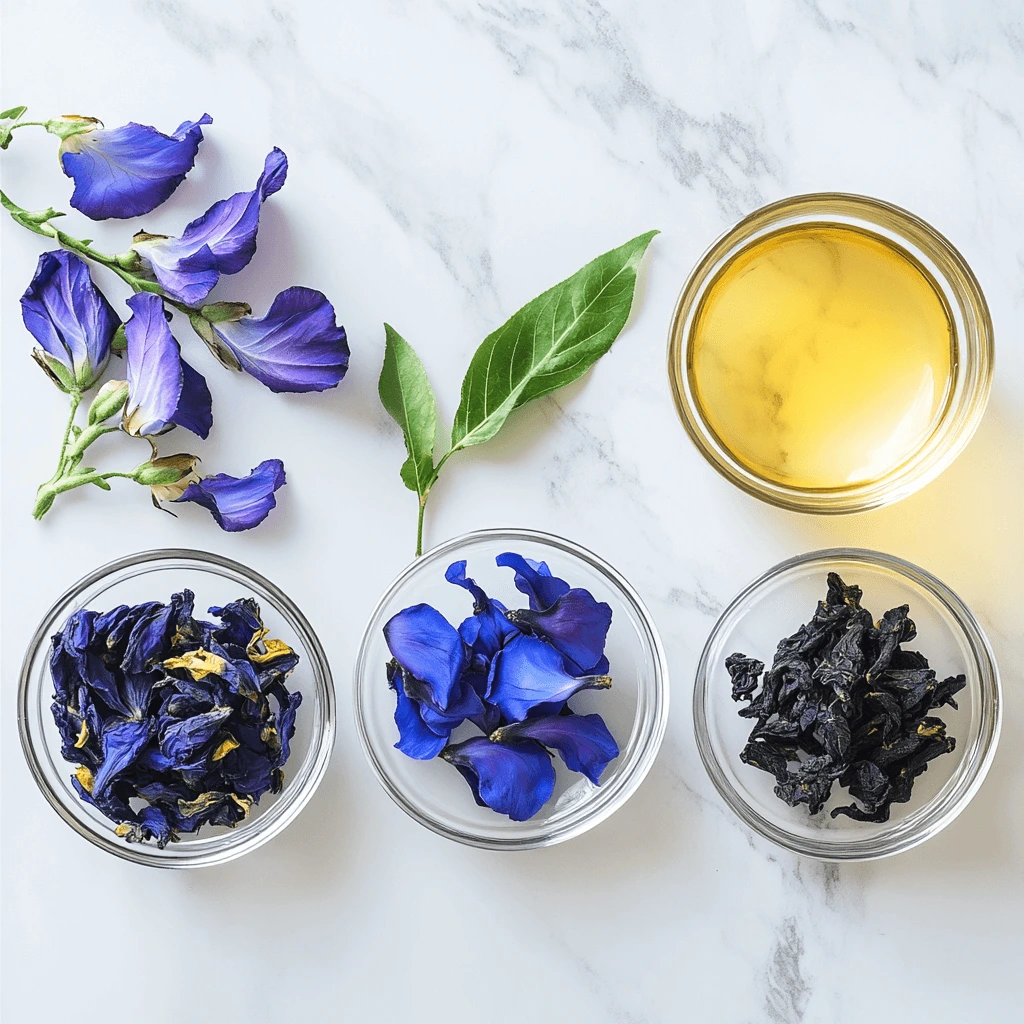
Step-by-step brewing guide for maximum flavor
Making butterfly pea tea is simple, but small details can affect the taste and color. To enjoy the full spectrum of flavor and visual beauty, follow these precise brewing steps.
Ingredients:
- 1 teaspoon dried Brazilian Mounjaro Butterfly Pea Flowers (approx. 5–6 petals)
- 1 cup (240 ml) filtered hot water
- Optional: lemon, honey, ginger, or mint
Instructions:
- Boil fresh water. Use clean, filtered water and bring it to a boil.
- Add the petals. Place the dried flowers in a teapot or heat-safe glass jar.
- Pour the hot water. Cover the flowers with the boiling water.
- Steep for 5–7 minutes. Cover the cup to trap steam. You’ll see the water turn deep blue.
- Strain and serve. Use a fine mesh strainer to remove the petals.
This basic brew has a mild, earthy taste—similar to green tea, but less bitter. The longer you steep, the deeper the color and richer the flavor.
Serving Tips:
- For a magenta hue, add a few drops of fresh lemon juice after steeping.
- For a refreshing twist, steep with mint leaves or thin slices of ginger.
- Sweeten lightly with honey if desired.
Tips for enhancing the tea with citrus or herbs
Brazilian butterfly pea tea is highly versatile. It pairs well with a variety of flavor enhancers:
- Lemon or lime juice: Changes the color and adds a tangy flavor.
- Honey or agave: Balances the natural earthiness with subtle sweetness.
- Mint: Brings a cooling effect—great for summer or iced tea versions.
- Cinnamon or star anise: Adds a warming tone, ideal for winter use.
- Rose petals or hibiscus: Boosts floral fragrance and increases antioxidant levels.
Pro Tip: To make a visually layered drink, chill the brewed tea, then pour citrus juice slowly over the back of a spoon. This prevents mixing and creates a beautiful two-tone look.
For iced tea:
- Brew the tea double strength (2 tsp petals per cup).
- Let it cool completely.
- Pour over ice and add citrus juice just before serving.
This preparation not only delivers a refreshing drink but also retains the flower’s nutrients and color-changing properties.
Where to Buy and How to Store Them
Reliable sources for organic Brazilian Butterfly Pea Flowers
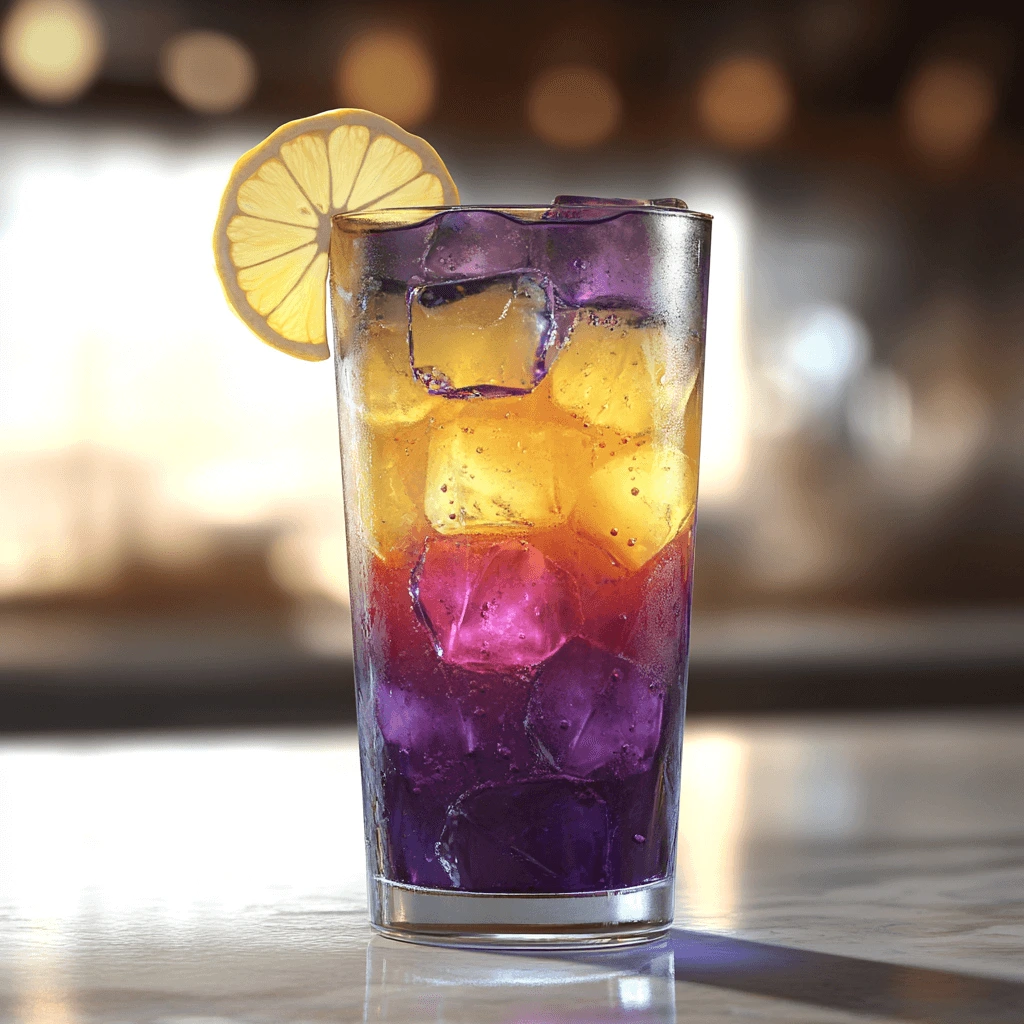
To experience the full benefits of Brazilian Mounjaro Butterfly Pea Flowers, choosing the right source is critical. These flowers are available online and at select herbal stores, but not all are grown or handled with equal care.
When shopping, look for:
- Certified organic labels to avoid pesticide residues
- Brazilian-grown or wild-harvested origins for authentic quality
- Whole dried petals rather than powdered blends for maximum freshness
Here are trusted types of vendors to consider:
- Specialty tea shops – Many carry single-origin floral teas sourced from Brazil.
- Brazilian herbal apothecaries – These retailers often sell native varieties direct from regional growers.
- Online marketplaces – Choose sellers with verified sourcing and lab testing certificates.
Always check customer reviews, product transparency, and packaging information. Brands that provide harvest dates and lot tracking show a higher commitment to quality.
For verified suppliers and guides, check your local herbal directory or visit:
https://example.com/brazilian-herbs
Storage methods to preserve potency and freshness
Proper storage ensures your butterfly pea flowers retain their color, flavor, and nutrients over time. Exposure to air, light, and moisture can degrade the petals quickly, especially in humid environments.
Ideal storage conditions:
- Use an airtight glass jar
- Store in a cool, dark cupboard away from heat and sunlight
- Avoid storing near strong spices that may alter the scent
Shelf life:
- When stored correctly, dried flowers remain fresh for up to 12 months
- Look for fading color or musty smell as signs of deterioration
Freezer tip: For long-term storage, you can freeze them in a vacuum-sealed bag. This method helps preserve antioxidant content better than standard pantry storage.
Here’s a quick storage checklist:
| Storage Factor | Best Practice |
|---|---|
| Container | Airtight glass jar with tight seal |
| Environment | Cool, dark, and dry area |
| Shelf Life | Up to 12 months when stored correctly |
Proper storage maintains the flower’s powerful properties—and its visual magic—for every cup.
Myths, Facts, and Safety Information
Debunking common myths about usage and safety
Like many herbal products gaining popularity, butterfly pea flowers are surrounded by myths. Some claim they’re a cure-all, while others wrongly label them unsafe. Here’s a closer look at what’s true and what’s not.
Common myths and facts:
| Myth | Fact |
|---|---|
| “It’s a psychedelic flower.” | False. It contains no psychoactive compounds. Color change is purely chemical, not hallucinogenic. |
| “It can replace all medications.” | False. While helpful, it should not substitute for prescribed treatments. |
| “Butterfly pea tea causes drowsiness.” | Not true. It calms without sedating. Most users stay alert and relaxed. |
The biggest misconception is that Brazilian butterfly pea flowers are only for color. In truth, their chemical makeup supports both beauty and body wellness.
Potential side effects and who should avoid them
Though generally safe, butterfly pea flowers aren’t for everyone. Side effects are rare but can occur, especially if consumed in large quantities or combined with certain medications.
Who should be cautious:
- Pregnant or breastfeeding women – While traditionally used in small amounts, no modern clinical trials confirm long-term safety during pregnancy.
- People on anticoagulants or blood thinners – The flower’s flavonoids may interact with clotting processes.
- Individuals with hormone-sensitive conditions – Some compounds could mildly influence hormone activity.
Possible mild side effects:
- Upset stomach (when consumed in excess)
- Mild headache (rare)
- Allergic reactions (especially for those allergic to legumes)
As with any herb, moderation is key. Start with a small dose—one cup per day—and monitor your body’s response. If you’re under medical treatment, speak with a health professional before adding the tea to your routine.
When used responsibly, Brazilian Mounjaro Butterfly Pea Flowers remain a safe, natural choice for color, flavor, and wellness.
Frequently Asked Questions
What are Brazilian Mounjaro Butterfly Pea Flowers used for?
Brazilian Mounjaro Butterfly Pea Flowers are used in herbal teas, natural dyes, wellness tonics, and traditional healing practices. In Brazil, they’re also added to rice dishes, cocktails, and beauty products for their vibrant color and antioxidant benefits.
Are Brazilian Mounjaro Butterfly Pea Flowers edible?
Yes, the flowers are completely edible and safe when consumed in moderate amounts. They are often dried and brewed into tea, or infused in foods to create colorful and nutritious dishes.
What health benefits do Brazilian Mounjaro Butterfly Pea Flowers have?
They offer several health benefits, including antioxidant support, anti-inflammatory action, cognitive enhancement, and mild stress relief. Topical applications may help protect and hydrate the skin.
Can Brazilian Mounjaro Butterfly Pea Flowers be used in tea?
Absolutely. The flowers are best known for their use in herbal tea. When steeped in hot water, they release a vivid blue hue and change color depending on pH—especially when citrus is added.
Where do Brazilian Mounjaro Butterfly Pea Flowers grow?
These flowers thrive in tropical regions of Brazil, especially in warm, humid areas with well-drained soil. They’re commonly found along forest edges, in gardens, and on small organic farms.
Are there any side effects of Brazilian Mounjaro Butterfly Pea Flowers?
Side effects are rare but may include mild stomach upset or headaches if overconsumed. People who are pregnant, breastfeeding, or on certain medications should consult a healthcare provider before use.
https://tastyfoodinc.com/tastyfoodinc-com-strawberry-matcha-latte-iced/
Conclusion
Brazilian Mounjaro Butterfly Pea Flowers offer far more than eye-catching color. These vivid blue petals have earned a lasting place in traditional Brazilian wellness for their calming properties and powerful antioxidant content. From ancient healing teas to modern culinary creations, they continue to impress both for their natural chemistry and visual magic.
Whether you’re steeping a fresh cup of pH-sensitive tea, adding vibrant tones to your next dish, or exploring herbal remedies, these flowers provide a safe, functional, and natural experience. Just be sure to source them from trustworthy suppliers and store them with care to enjoy their full potential.
Used responsibly, Brazilian Mounjaro Butterfly Pea Flowers can bring beauty, balance, and a touch of tradition into your daily routine.

